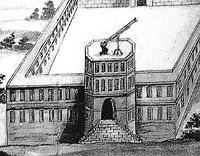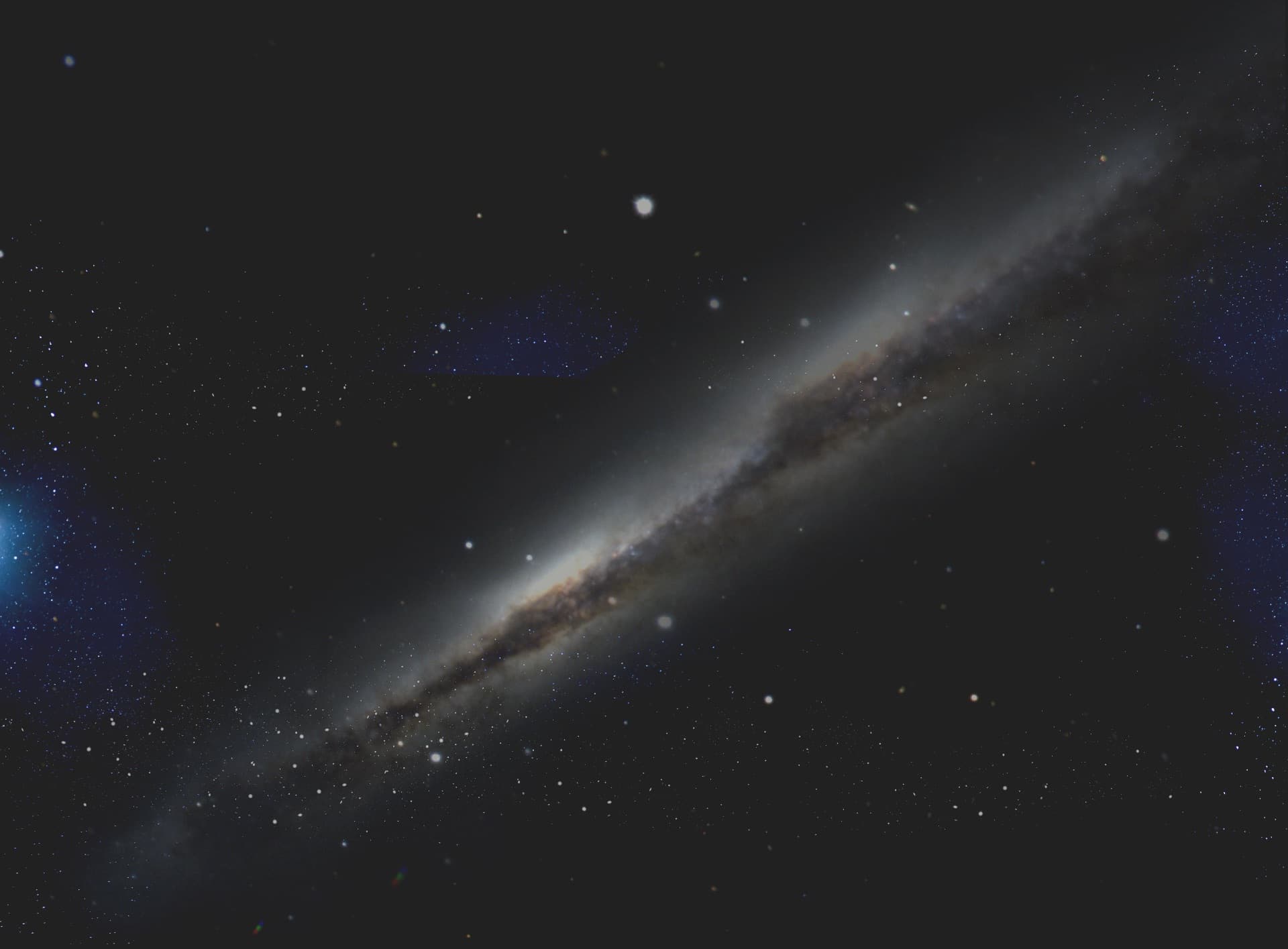 Article
Article- 20 pages
- Level: high school and above
A heavily illustrated 2016 article by Wayne Orchiston, Darunee Lingling Orchiston, Martin George and Boonrucksar Soonthornthum, published in the Journal of Astronomical History and Heritage:
Abstract: The first great ruler to encourage the adoption of Western culture and technology throughout Siam (present-day Thailand) was King Narai, who also had a passion for astronomy. He showed this by encouraging French and other Jesuit missionaries, some with astronomical interests and training, to settle in Siam from the early 1660s. One of these was Father Antoine Thomas, and he was the first European known to have carried out scientific astronomical observations from Siam when he determined the latitude of Ayutthaya in 1681 and the following year observed the total lunar eclipse of 22 February. A later lunar eclipse also has an important place in the history of Thai astronomy. In 1685 a delegation of French missionary-astronomers settled in Ayutthaya, and on 10-11 December 1685 they joined King Narai and his court astrologers and observed a lunar eclipse from the King’s ‘country retreat’ near Lop Buri. This event so impressed the King that he approved the erection of a large modern well-equipped astronomical observatory at Lop Buri. Construction of Wat San Paulo Observatory – as it was known – began in 1686 and was completed in 1687. In this paper we examine these two lunar eclipses and their association with the development of scientific astronomy in Siam.
Click here to access this article via NASA ADS.
Click here to download a PDF of this article from Journal of Astronomical History and Heritage.
